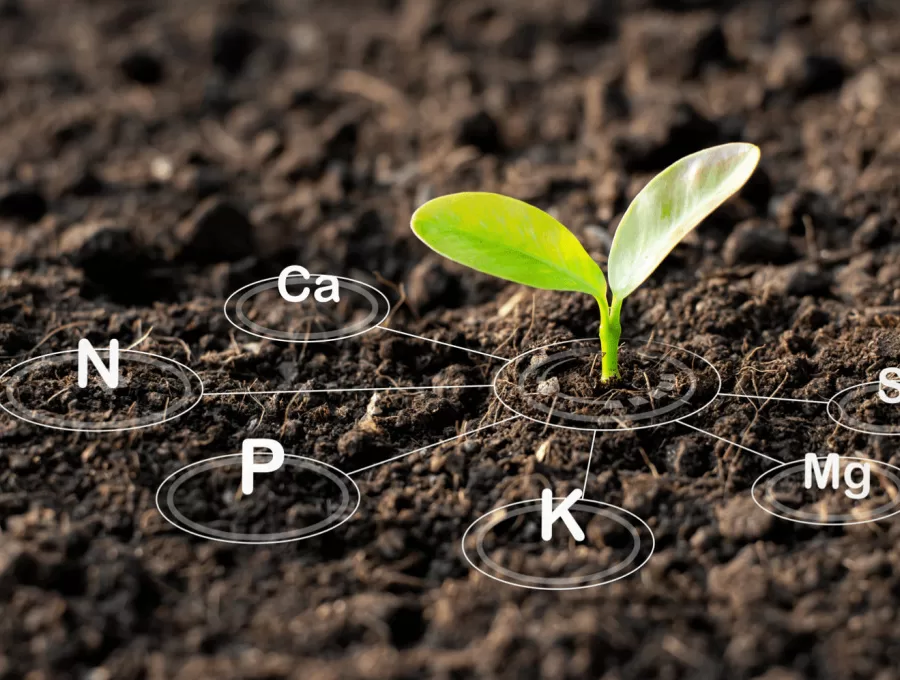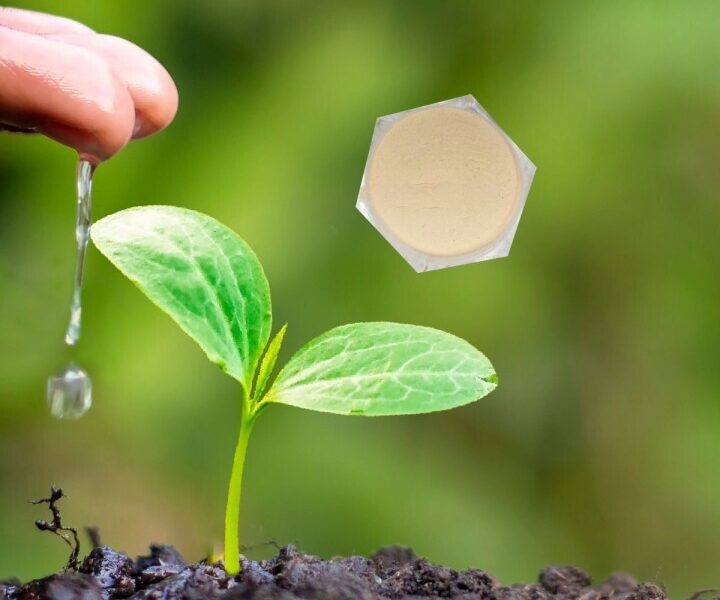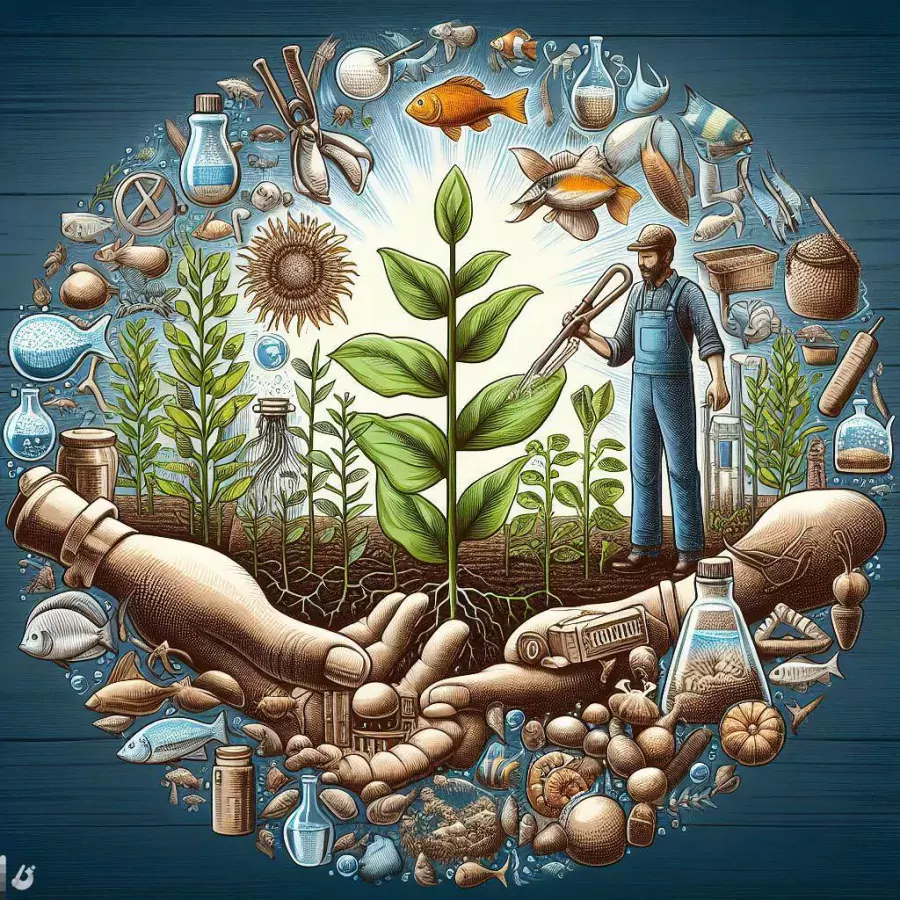Contents
- 1 Biostimulants and organic biofertilizers, such as ones from fish residues and fish manure, are natural products that can enhance plant growth, yield, and quality, as well as improve soil health and fertility
- 2 Prof. Aécio D’Silva, Ph.D AquaUniversity
- 3 The benefits of biostimulants and organic biofertilizers for plant growth and soil health
- 4
- 5 The sources and mechanisms of biostimulants and organic biofertilizers
- 6 Biostimulants and organic biofertilizers can act through different mechanisms, such as:
- 7 The applications and recommendations:
Biostimulants and organic biofertilizers, such as ones from fish residues and fish manure, are natural products that can enhance plant growth, yield, and quality, as well as improve soil health and fertility
Prof. Aécio D’Silva, Ph.D
AquaUniversity
Biostimulants and organic biofertilizers can help overcome conventional agriculture’s challenges, such as soil degradation, nutrient depletion, and environmental pollution. They can also help to meet the increasing demand for food, feed, and fiber while ensuring sustainability and resilience.

Agriculture is one of the most important sectors of the global economy, as it provides food, feed, and fiber for the growing population. However, agriculture also faces many challenges, such as soil degradation, nutrient depletion, and environmental pollution, due to the intensive use of synthetic fertilizers, pesticides, and irrigation. These practices can have negative impacts on the soil health and fertility, the plant growth and quality, and the ecosystem services and biodiversity. Moreover, agriculture also needs to cope with the effects of climate change, such as drought, heat, salinity, and pests, which can reduce crop yield and quality. (1)
Biostimulants and organic biofertilizers are natural products that can enhance plant growth, yield, and quality, as well as improve soil health and fertility. Biostimulants are substances or microorganisms that can stimulate plant metabolism, physiology, and development, without providing any nutrients. Organic biofertilizers are substances or microorganisms that can provide nutrients to plants, either by fixing atmospheric nitrogen, solubilizing soil phosphorus, or mobilizing other nutrients. They can help to overcome the challenges of conventional agriculture, by increasing the nutrient use efficiency, the water use efficiency, the stress tolerance, and the disease resistance of the plants. They can also help to meet the increasing demand for food, feed, and fiber while ensuring sustainability and resilience. (2)
In this blog post, we will explore the benefits, sources, mechanisms, and applications of biostimulants and organic biofertilizers, and provide some examples and recommendations for their use and consumption.

The benefits of biostimulants and organic biofertilizers for plant growth and soil health
Biostimulants and organic biofertilizers can provide various benefits for plant growth and soil health, such as increasing crop yield and quality, improving nutrient and water uptake, enhancing stress and disease resistance, and restoring soil structure and fertility.
They can provide various benefits for plant growth and soil health, such as:
- Increasing the crop yield and quality: Biostimulants and organic biofertilizers can increase the crop yield and quality, by stimulating plant growth and development, such as germination, root growth, flowering, fruiting, and ripening. They can also improve the crop quality, by enhancing the nutritional, organoleptic, and functional properties, such as protein, sugar, vitamins, antioxidants, color, flavor, and shelf life. (3)
- Improving the nutrient and water uptake: Biostimulants and organic biofertilizers can improve the nutrient and water uptake, by increasing the root surface area, the root hair density, and the root exudation, which can facilitate the absorption and translocation of nutrients and water from the soil to the plant. They can also increase the availability and solubility of nutrients in the soil, by producing organic acids, enzymes, or chelating agents, which can dissolve or mobilize the nutrients from the soil particles or organic matter. (4)
- Enhancing stress and disease resistance: Biostimulants and organic biofertilizers can enhance stress and disease resistance, by inducing the plant defense mechanisms, such as antioxidant, osmotic, or hormonal responses, which can protect the plant cells from oxidative damage, dehydration, or hormonal imbalance. They can also induce systemic acquired resistance (SAR) or induced systemic resistance (ISR), which can activate the plant immune system against pathogens or pests. (5)
- Restoring the soil structure and fertility: Biostimulants and organic biofertilizers can restore the soil structure and fertility, by increasing the soil organic matter, the soil microbial activity, and the soil aggregation, which can improve the soil physical, chemical, and biological properties, such as porosity, water holding capacity, nutrient cycling, and biodiversity. They can also reduce soil erosion, soil salinity, and soil pollution, by stabilizing the soil particles, leaching the excess salts, and degrading the toxic compounds.
The sources and mechanisms of biostimulants and organic biofertilizers
Biostimulants and organic biofertilizers can be derived from various sources, such as plant extracts, animal by-products, microbial inoculants, or mineral amendments. They can act through different mechanisms, such as direct effects, indirect effects, or synergistic effects, depending on the type and mode of application of the products.
They can be derived from various sources, such as:
- Fish Residues and Manure. Fish residue and manure represent excellent sources of organic carbon derived from fishery residues, characterized by abundant amino acids and enzymes readily available to plants. These elements contribute to the improvement of the translocation of absorbed nutrients, resulting in more uniform ripening, higher quality, and increased resistance in fruits.
- Plant extracts: Plant extracts are substances obtained from plants or plant parts, such as leaves, stems, roots, flowers, fruits, or seeds, by using different methods, such as extraction, distillation, or fermentation. Plant extracts can contain various bioactive compounds, such as phenolic acids, flavonoids, terpenoids, alkaloids, or polysaccharides, which can modulate plant metabolism, physiology, and development. Some examples of plant extracts used as biostimulants or organic biofertilizers are seaweed extracts, humic substances, or phytohormones.
- Animal by-products: Animal by-products are substances obtained from animals or animal parts, such as blood, bone, meat, feathers, or fish, using different methods, such as hydrolysis, digestion, or composting. Animal by-products can provide various nutrients, such as nitrogen, phosphorus, potassium, calcium, magnesium, or sulfur, as well as various amino acids, peptides, or proteins, which can stimulate plant growth and development. Some examples of animal by-products used as biostimulants or organic biofertilizers are blood meal, bone meal, meat meal, feather meal, or fish meal.
- Microbial inoculants: Microbial inoculants are substances that contain living or dormant microorganisms, such as bacteria, fungi, algae, or cyanobacteria, which can colonize the plant roots or the soil, and produce various metabolites, such as organic acids, enzymes, hormones, or siderophores, which can enhance the plant growth and development. Some examples of microbial inoculants used as biostimulants or organic biofertilizers are rhizobia, azotobacter, azospirillum, bacillus, pseudomonas, trichoderma, mycorrhiza, or cyanobacteria.
- Mineral amendments: Mineral amendments are substances that contain minerals or mineral compounds, such as calcium, magnesium, iron, manganese, zinc, copper, boron, or molybdenum, which can supply the essential micronutrients to the plants, and improve the soil pH, cation exchange capacity, or electrical conductivity. Some examples of mineral amendments used as biostimulants or organic biofertilizers are lime, gypsum, dolomite, rock phosphate, or zeolite.

Biostimulants and organic biofertilizers can act through different mechanisms, such as:
- Direct effects: Direct effects are the effects that occur when the biostimulants or organic biofertilizers interact directly with the plant cells or tissues, and modulate the plant metabolism, physiology, or development. For example, biostimulants or organic biofertilizers can activate or inhibit the plant enzymes, hormones, or genes, which can regulate plant growth and development, such as germination, root growth, flowering, fruiting, and ripening.
- Indirect effects: Indirect effects are the effects that occur when the biostimulants or organic biofertilizers interact indirectly with the plant cells or tissues, through the soil or the rhizosphere, and influence the plant growth and development. For example, biostimulants or organic biofertilizers can increase the availability and solubility of nutrients in the soil, or induce the plant defense mechanisms against stress or disease.
- Synergistic effects: Synergistic effects are the effects that occur when the biostimulants or organic biofertilizers interact with each other, or with other agronomic inputs, such as fertilizers, pesticides, or irrigation, and enhance plant growth and development. For example, biostimulants or organic biofertilizers can increase the efficiency and efficacy of fertilizers, pesticides, or irrigation, by improving the nutrient and water uptake or reducing the leaching or runoff.
The applications and recommendations:
Biostimulants and organic biofertilizers can be applied to various crops, such as cereals, legumes, vegetables, fruits, or ornamentals, at different stages, such as seed treatment, transplanting, vegetative growth, flowering, or fruiting, by using different methods, such as soil application, foliar application, or fertigation.
In conclusion, biostimulants and organic biofertilizers are natural products that can unlock the crop potential by stimulating plant growth and improving soil health. They can provide various benefits, such as increasing crop yield and quality, improving nutrient and water uptake, enhancing stress and disease resistance, and restoring the soil structure and fertility. They can also help overcome conventional agriculture’s challenges, such as soil degradation, nutrient depletion, and environmental pollution. They can also help to meet the increasing demand for food, feed, and fiber while ensuring sustainability and resilience. Biostimulants and organic biofertilizers can be derived from various sources, such as plant extracts, animal by-products, microbial inoculants, or mineral amendments. They can act through different mechanisms, such as direct effects, indirect effects, or synergistic effects, depending on the type and mode of application of the products. They can be applied to various crops, such as cereals, legumes, vegetables, fruits, or ornamentals, at different stages, such as seed treatment, transplanting, vegetative growth, flowering, or fruiting, by using different methods, such as soil application, foliar application, or fertigation. Biostimulants and organic biofertilizers are promising and innovative solutions to enhance plant growth and soil health and to improve global food security and nutrition.
References:
(1) https://www.envirokure.com/
(2) https://link.springer.com/article/10.1007/s00344-023-11144-3
(3) https://www.frontiersin.org/articles/10.3389/fpls.2022.1024243/full
(4) https://link.springer.com/article/10.1007/s44187-022-00009-5
(5) https://link.springer.com/article/10.1007/s10343-022-00784-2




